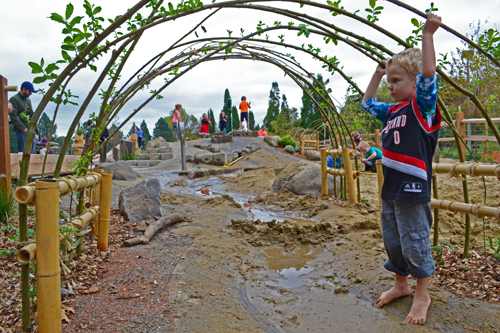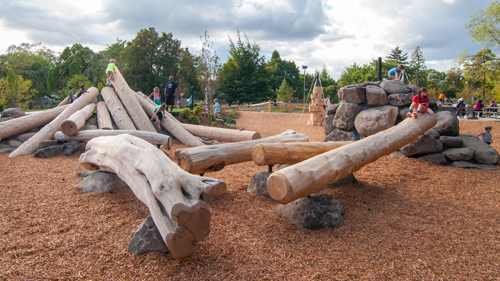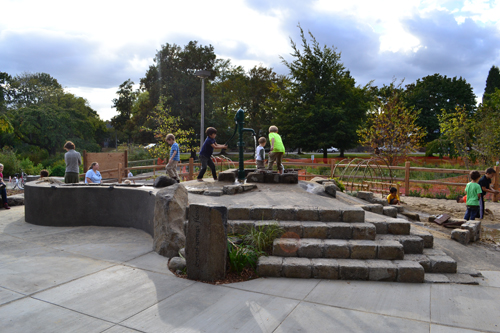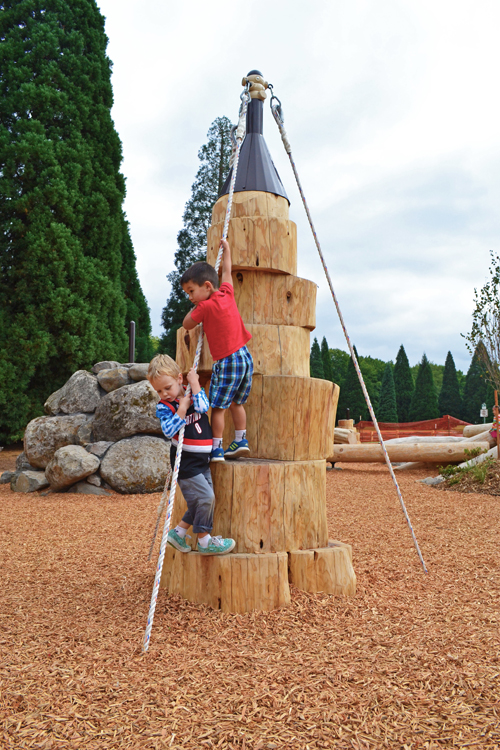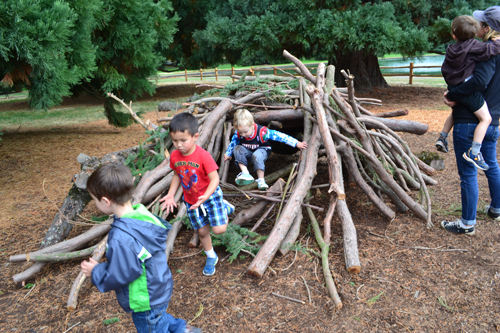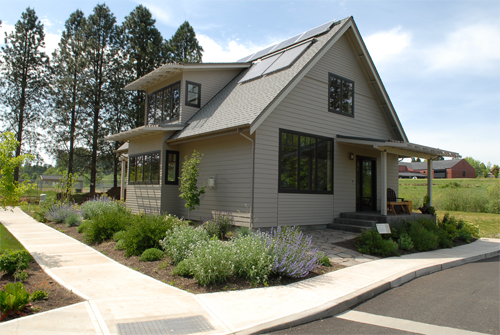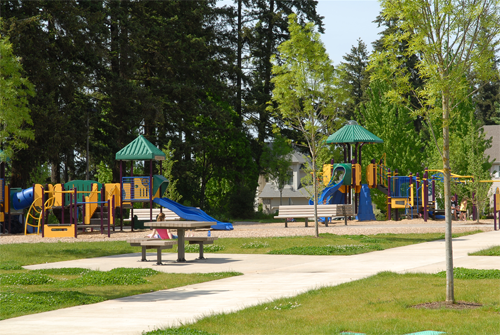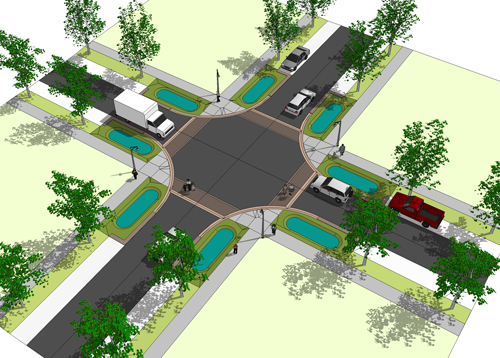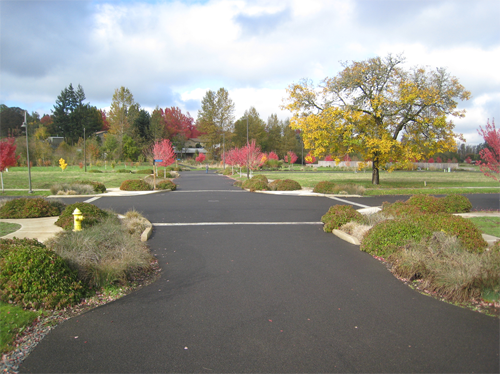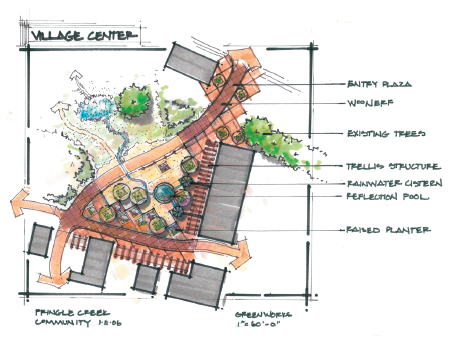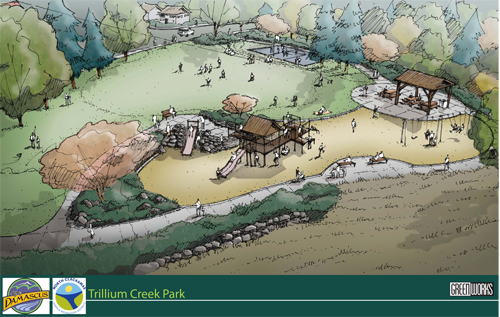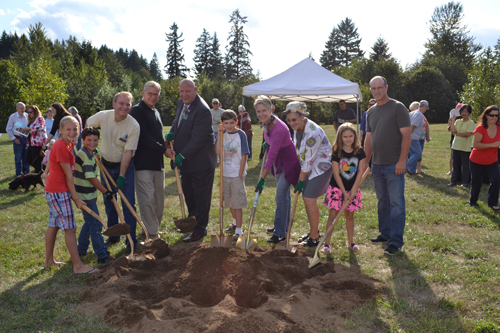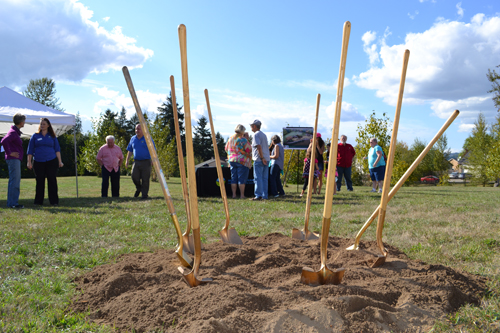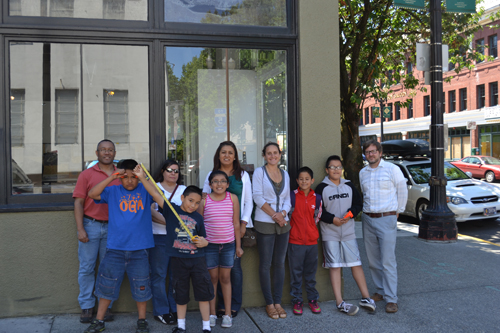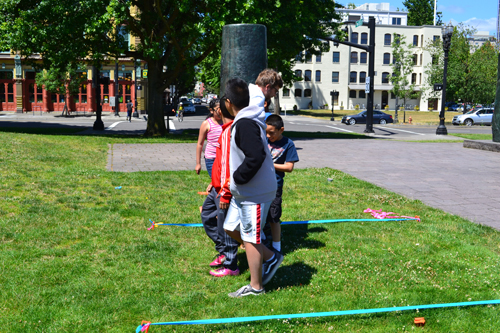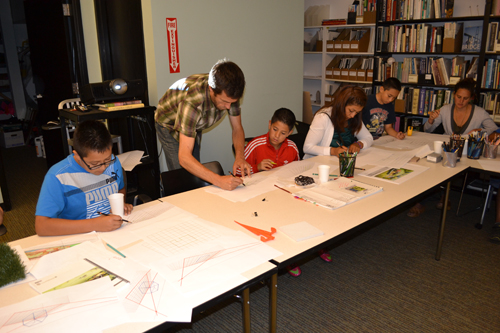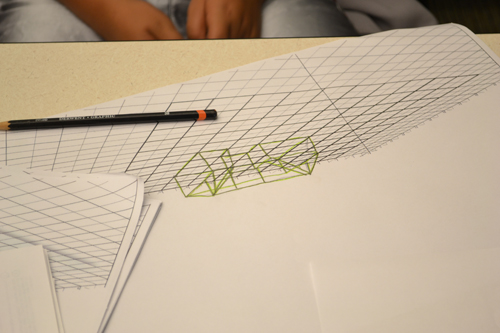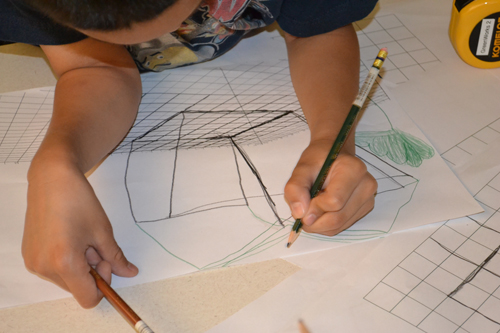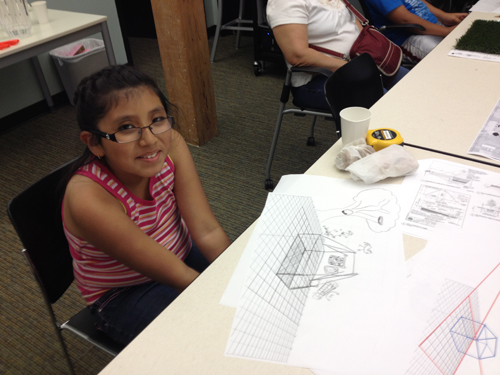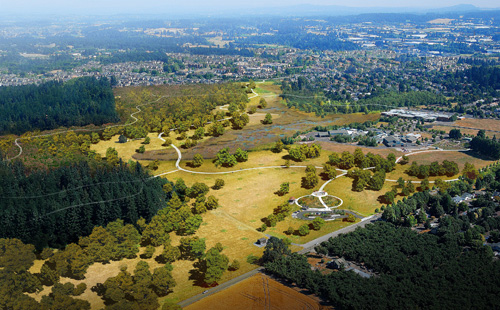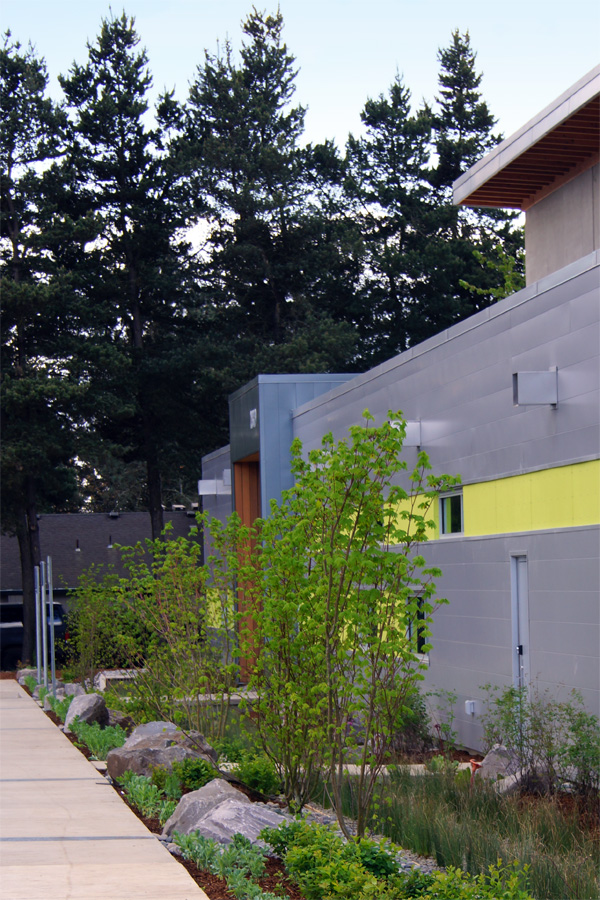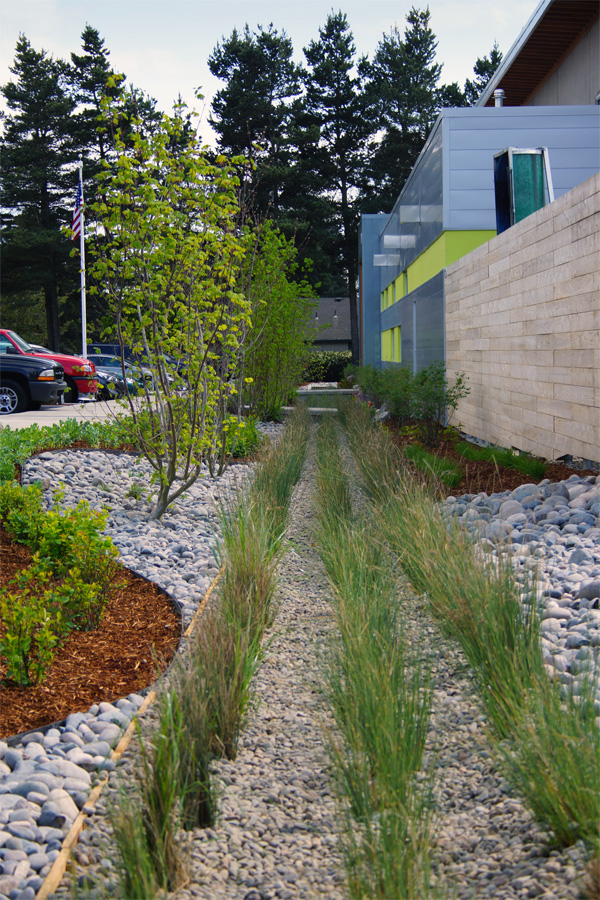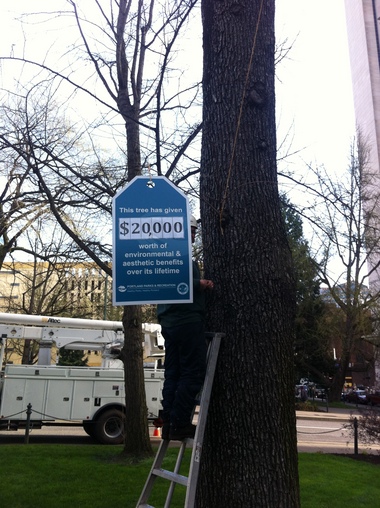Portland’s first official nature play area is officially open!
/On any given day, Portland’s brand new nature-based play area at Westmoreland Park is packed with up to a hundred kids playing in the sand and water area, climbing on the boulder and log climbing features, or building forts with large sequoia branches. Parents are not only watching the imaginative play that all the natural elements inspire, but are also participating with the kids to explore the play area’s unique features. Located in the Sellwood-Moreland neighborhood of Portland, Westmoreland Nature Play Area was born of the desire to update the existing outdated play area and replace it with a 100% custom nature-based play environment. The total play area is approximately one acre and allows families to build their own play experience. The project received a 2014 Honor Award from the Oregon Chapter of American Society of Landscape Architects. GreenWorks was selected by Portland Parks & Recreation (PP&R) to update the existing outdated playground and replace it with a 100% custom nature-based play environment. PP&R recognized the value in nature-based play for local children and proposed that the Westmoreland Playground be a pilot project for a natural play environment. GreenWorks worked with the client, public, and design team to define how nature-based play would function for this particular site. The design team included environmental artist, Adam Kuby. Adam not only helped envision individual artistic elements within the park as play features, but also collaborated with the design team on the overall conceptual design of the playground that represents the restoration of the adjacent Crystal Springs.
